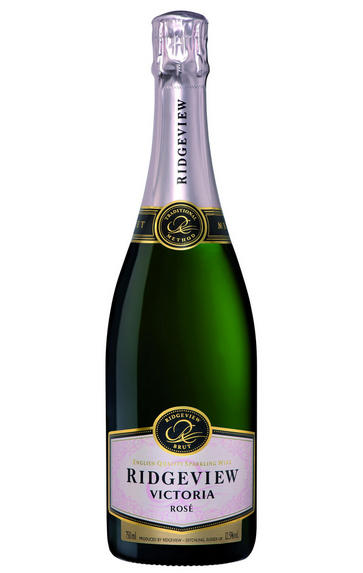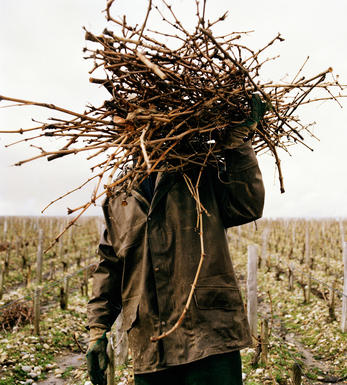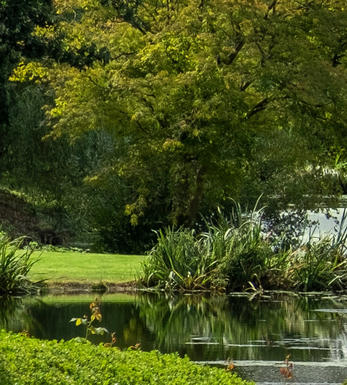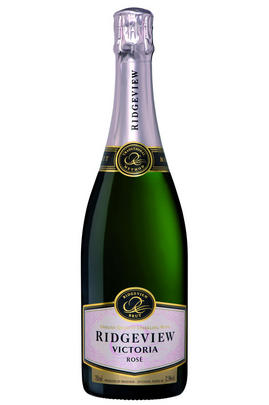
About this WINE

Ridgeview Wine Estate
Ridgeview Wine Estate is a family company dedicated solely to the production of the highest quality sparkling wine from traditional Champagne varieties and methods .
Aptly named with a scenic location on a plateau of paludina limestone near to the highest point of the Sussex Downs (Ditchling Beacon), Ridgeview has been making excellent sparkling wines for over a decade and have won numerous awards and trophies during this time in international and national competitions.
Mike Roberts was quick to recognise the potential of the region and its proximity to Champagne, both geographical and geological, and now makes an intriguing selection of fizz, all of it following the méthode champenoise pretty much à la lettre

Sussex
Located in southern England, Sussex has emerged as a promising region for wine production in recent years.
The country's cool climate and chalky soil, reminiscent of the renowned Champagne region in France, have created favourable conditions for vineyards to flourish.
Winemaking in Sussex focuses on sparkling wines made from traditional methods using classic grape varieties such as Chardonnay, Pinot Noir, and Pinot Meunier.

Champagne blend
Which grapes are included in the blend, and their proportion, is one of the key factors determining the style of most Champagnes. Three grapes are used - Pinot Noir, Chardonnay and Pinot Meunier.
26% of vineyards in Champagne are planted with Chardonnay and it performs best on the Côtes des Blancs and on the chalk slopes south of Epernay. It is relatively simple to grow, although it buds early and thus is susceptible to spring frosts. It produces lighter, fresher wines than those from Burgundy and gives finesse, fruit and elegance to the final blend. It is the sole grape in Blancs de Blancs, which are some of the richest long-lived Champagnes produced.
Pinot Noir accounts for nearly 40% of the plantings in Champagne and lies at the heart of most blends - it gives Champagne its body, structure, strength and grip. It is planted across Champagne and particularly so in the southern Aube district.
The final component is Pinot Meunier and this constitutes nearly 35% of the plantings. Its durability and resistance to spring frosts make the Marne Valley, a notorious frost pocket, its natural home. It ripens well in poor years and produces a soft, fruity style of wine that is ideal for blending with the more assertive flavours of Pinot Noir. Producers allege that Pinot Meunier lacks ageing potential, but this does not deter Krug from including around 15% of it in their final blends.



Buying options
Add to wishlist
Description
The latest member of the Ridgeview family, Victoria, continues the theme of topographical nomenclature borrowed from the metropolis…., all the more appropriate in this Jubilee year perhaps. Made entirely from the Pinots ( 63% Meunier and 37% Noir) this is Ridgeview’s premium rosé made entirely by the saignée method, that is to say by bleeding the wine (and beautiful pale salmon colour) off the skins….
This is an impressive advertisement for the merits of the Meunier variety. With attractive onion-skin colouring, the wine has a complex nose of citric and orange fruit, allied to hints of rosehip and pit cherry. The palate is nicely balanced, its complex fruit character recalling tarte tatin and brioche. The finish is pure and focused.
Simon Field MW, Wine Buyer
wine at a glance
Delivery and quality guarantee